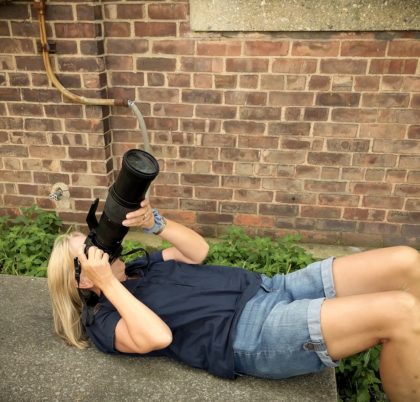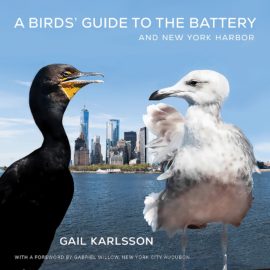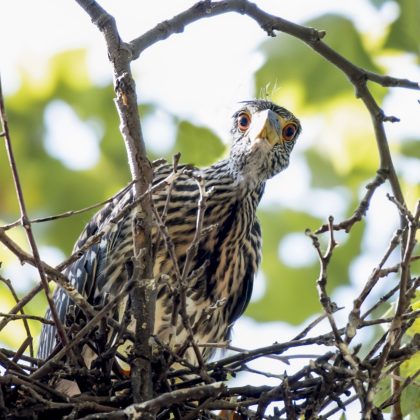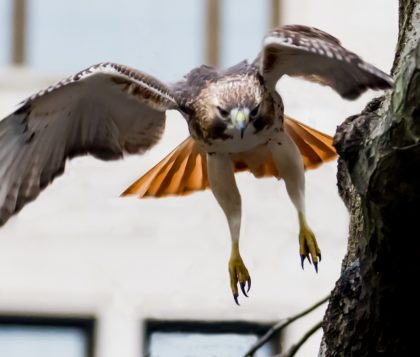Books of Tribeca: A Birds’ Guide to The Battery and New York Harbor
Longtime (1983) Tribecan Gail Karlsson, whose photographs of local birds are in the Western Union windows on West Broadway and Thomas, has also just released a new book titled “A Birds’ Guide to The Battery and New York Harbor.”
She first started shooting downtown birds in 2017 after a bird walk in The Battery with a naturalist from New York City Audubon. “One day he told me that not very many birders went to The Battery, and it would be good to document what we saw there. I didn’t know much about the different birds, but I did have a new telephoto lens, and Gabriel helped me identify ones I didn’t recognize. I was amazed at how many different types of birds we found there.”
Her interest in nature photography is a satisfying creative reflection of her career as an environmental lawyer and activist, working first at the EPA in DC then with a law firm (now long gone) at 26 Broadway and after that as a consultant on energy and climate policy for the UN Development Program and other international organizations.
In the 1990s and early 2000s she was also the New York representative for the Citizens Network for Sustainable Development, a nonprofit group active with the UN Commission on Sustainable Development, as well as some local issues.
She mostly works on her own projects — and she and her husband spend a lot of the winter in the Virgin Islands — but she has by her own description “fallen in love with birds.” The Great Egrets were the first ones to catch her attention — “big white birds that sometimes look angelic to me” — which she has spotted while monitoring wading birds at Jamaica Bay Wildlife Refuge. But locally, it’s the red-tailed hawks that keep her engaged.
“They are so wild and powerful,” she says, “and surprising in such an urban space.”


















I got this book a few days ago! It’s fun to read and the pictures are beautiful. I’ve been walking on the esplanade and through Battery Park almost every day since the beginning of the pandemic, trying to identify the birds, and it’s great to have a localized resource like this in addition to the field guides.